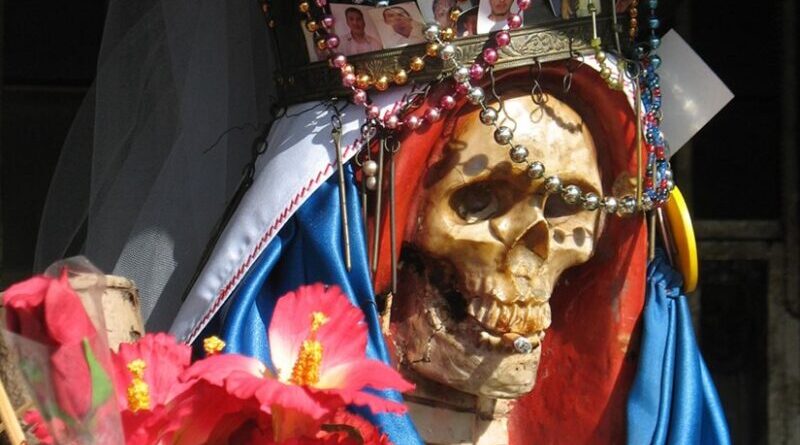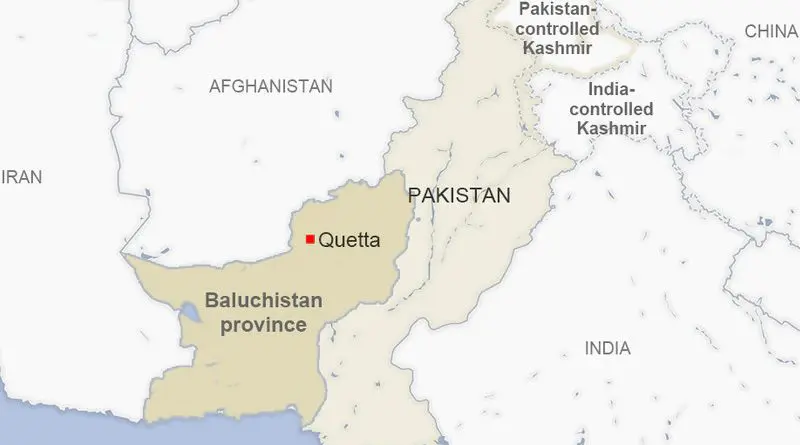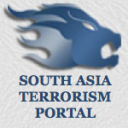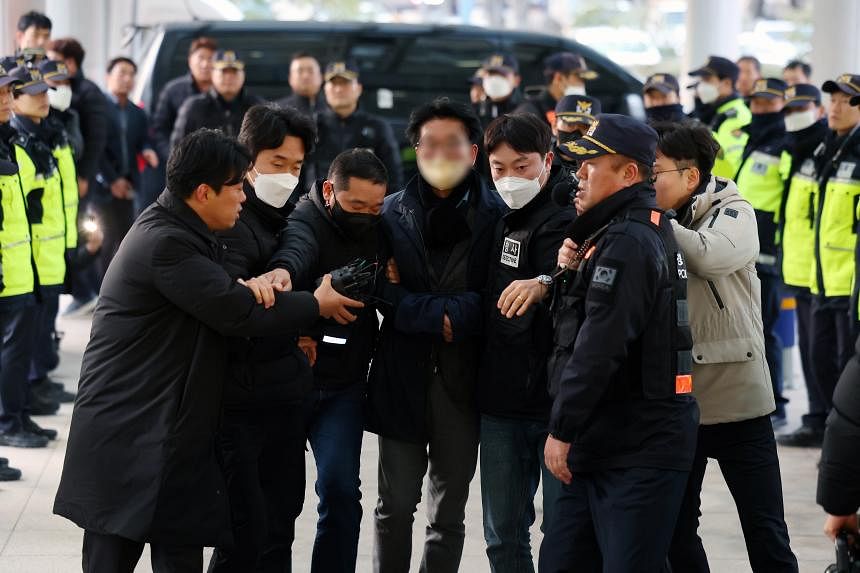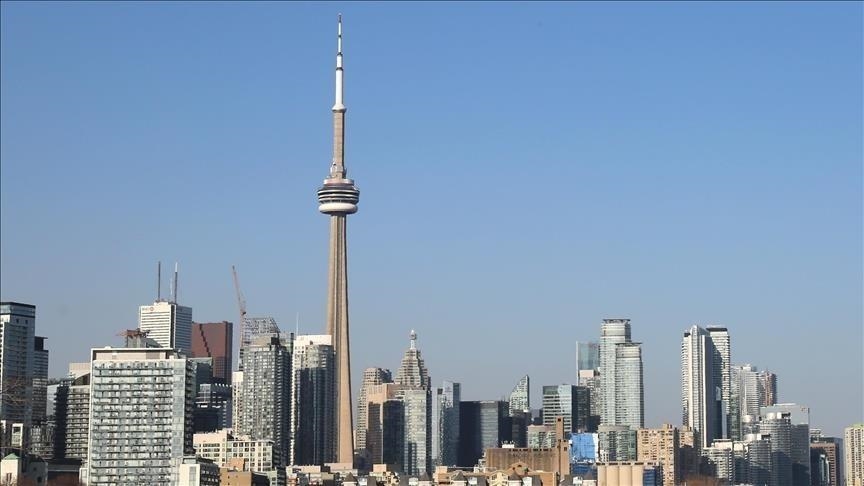Rather than a single political entity ruling Gaza, local media says the Israeli army wants to divide the Palestinian enclave into regions and sub-regions that Tel Aviv would communicate with separately.

AP
Up to 1.9 million people, or over 85 percent of the population, have been displaced across Gaza by Israeli attacks, according to the UN agency for Palestinian refugees. / Photo: AP
A post-war scenario in Gaza has come to light in which the Israeli army could divide the besieged territory into areas ruled by tribes or clans rather than a single political entity.
According to Israel's public broadcaster KAN, the plan was devised by the Israeli army and is expected to be presented to the Cabinet on Tuesday.
It stipulates that Gaza be divided into regions and sub-regions, with Israel communicating separately with each group for matters including the distribution of humanitarian aid.
The proposed scheme may also extend to the occupied West Bank and recommends dividing the territories into emirates and Israel retaining security control.

Palestinian Authority rule
Tel Aviv is yet to comment on the report, but Prime Minister Benjamin Netanyahu has said on several occasions that he will not allow the Palestinian Authority, which is based in the occupied West Bank, to have any role in ruling Gaza in the post-war period.
The stance contradicts the US position, which has suggested that the Palestinian Authority should rule over Gaza after the end of the conflict, which erupted with the October 7 cross-border offensive by Hamas.
Israel's onslaught has killed nearly 22,000 Palestinians, mostly women and children, and left the besieged territory into ruins as most of its infrastructure has been destroyed or damaged.
Up to 1.9 million people, or over 85 percent of the population, have been displaced across Gaza, according to the UN agency for Palestinian refugees.
Around 1,200 Israelis are believed to have been killed in the Hamas attack on October 7.
Benjamin Netanyahu announced his endgame in Gaza: the “voluntary migration” of Palestinians forced to choose between leaving or dying by bombardment and starvation. His goal is to end the Palestinians as a people and as a national movement.

On Christmas Day, the Wall Street Journal thought it appropriate to publish an Op-Ed by the world leader who is currently slaughtering more innocents than any other, Benjamin Netanyahu. In that article, Netanyahu gave us his “vision” for his endgame in Gaza. He laid out three aims: “Hamas must be destroyed, Gaza must be demilitarized, and Palestinian society must be deradicalized. These are the three prerequisites for peace between Israel and its Palestinian neighbors in Gaza.”
Israel maintains that destroying Hamas will take months and perhaps years. Already, most Gazans are struggling to find shelter, food, and water. Decent medical care has become almost an impossible dream as medical professionals scramble to do what they can without supplies, medical equipment, electricity, or even hospital facilities. Disease, malnutrition, exposure, infection from wounds, horrendous sanitary conditions, and other threats are running rampant. It’s important to realize that the people dying from these causes are not being recorded in the daily casualty counts.
All of that is after less than three months. 1% of Gaza’s population has already been killed, and fungal infections are so widespread they’re even killing Israeli soldiers now. Imagine what things will be like in another month, let alone a year.
By “demilitarized,” Netanyahu means a permanent Israeli military presence not only in Gaza but also at the Rafah crossing between Gaza and Egypt. This is ostensibly to prevent weapons smuggling, but there is no such thing as stopping smuggling — no country has ever been able to do that. Occupied people, besieged people, and people living under tyranny will always find a means of resistance.
When Netanyahu says “deradicalized,” what he is referring to is a “re-education” program for Palestinians so they will learn to love their Israeli colonizers. His comparison to Germany and Japan after World War II is so absurd it hardly merits discussion. But to be clear, the Allied powers, after devastating both Germany and Japan, actively rebuilt the countries and boosted the countries’ economies toward independence and growth. They gave the people of Germany and Japan a reason to want to reconcile with the Allied powers and to see their respective pre-war governments as having led them to disaster.
Netanyahu does not intend to do this, or anything of the kind. The last thing he wants to see is any kind of independent Palestine. He’s certainly made that plain enough times. And he has no intention of rebuilding Gaza with a vibrant economy, but to repeat the isolation Gaza has experienced since 1948, first by Egypt, and then, since 1967, by Israel. His notion that “ Palestinian civil society needs to be transformed so that its people support fighting terrorism rather than funding it,” reads as a ridiculous fantasy that arises from the false, racist notion that Palestinians are being taught to resent Israelis, not that the experiences of violence, killings, deprivation, and humiliation by Israel might just engender some negative feelings.
Additionally, that concept of “deradicalization” is not only offensive in its explicit denial of the conditions that have led to Palestinian resistance—legal under international law or otherwise—it is also so elastic that Israel could accuse even the most quisling Palestinians, like the Palestinian Authority, of remaining “radical” until the end of time no matter how much they kowtow to their occupiers. And Netanyahu has every reason to believe Israel will be supported in this by Washington and Brussels.
No, this was not about describing how to end the slaughter in Gaza. It was about declaring that the carnage would be going on for a long time and that its ultimate goal, as has been clear since October 7, is to finally end the struggle over Palestine by destroying the Palestinians as a people and as a national movement.
Ethnic cleansing as ‘humanitarianism’
The plan, as Netanyahu elaborated at a Christmas Day meeting of his Likud faction, is to squeeze the people of Gaza so hard they will have no choice but to leave or die. “Regarding voluntary emigration, I have no problem with that,” he told Likud Knesset Member and former Israeli Ambassador to the United Nations Danny Danon. “Our problem is not allowing the exit, but a lack of countries that are ready to take Palestinians in. And we are working on it. This is the direction we are going in.”
The term “voluntary emigration” is likely to be heard quite a lot in the coming weeks and months, and it is one of the most cynical, dishonest terms one can imagine. There is, of course, nothing voluntary about people leaving Gaza. Israel has made the place unlivable, and that was before the current bombardment.
If you cut off water, electricity, food, and medical care, destroy all the shelter, and then ask a person, “Would you still like to stay?” their decision to leave is obviously not voluntary.
Now, they are essentially being forced to leave under the threat of imminent death. The people of Gaza did not suddenly lose their attachment to Palestine. They will die if they stay, as will their children. If you cut off water, electricity, food, and medical care, destroy all the shelter, and then ask a person, “Would you still like to stay?” their decision to leave is obviously not voluntary.
Yet this will be presented as a “humanitarian solution.” And it is an option that, at least according to one poll publicized by Danon, enjoys vast support among Israelis. The poll asked, “To what extent do you support encouraging the voluntary migration of the residents of the Gaza Strip?” 68% strongly supported such encouragement, with another 15% saying they were somewhat supportive of it. Only 17% said they didn’t support it much or at all.
The push for this “humanitarian solution” is not confined to the government. The Jerusalem Post published an Op-Ed, also on Christmas Day, that argued for the transfer of Gazans to the Sinai on the same “humanitarian” grounds. The detachment from reality in the article, as well as the blatant racism, are stunning.
Claiming that “Since Israel’s unconditional turnover of the Gaza Strip to the Palestinian Authority in 2005, Gazans have completely failed to generate a productive Palestinian-administered entity, despite generous economic support,” the author — Joel Roskin, a professor of geology at Bar-Ilan University — goes on to say that “this may be associated with the coupled effect of an intrinsic hatred-focused, fanatic, anti-Israel Islamic culture, and links with Iran, along with limited geographical conditions, poor natural and human resources, and a high population density.”
The racism is unvarnished and unapologetic. The complete absence of acknowledgment of Israel’s seventeen-year siege on Gaza is par for the course, the description of the “generous economic support” Gaza has received both a fabrication and classic victim-blaming. Much of that support was for reconstruction after Israel destroyed infrastructure, homes, and buildings, as well as humanitarian aid, which, due to Israel’s harsh restrictions of the Gaza economy and restrictions in both the United States and Europe on the ability to even send charitable donations, much less invest directly, did nothing to improve the economy. Indeed, this was a frequent complaint of advocates for Palestinians in general. Humanitarian aid does not boost an economy, it retards it. Economic aid can boost an economy depending on how it’s used, but such use was always forbidden by the United States and the European Union, which, directly or indirectly, were the sources of the funding.
But this is likely to be seen in both Israel and the White House as the height of magnanimity on Israel’s part. They just want to help the poor, barbaric Gazans who only know how to hate and kill to find a better life far from the lands that Israel has stolen from them, it will be said. It is the cruelest form of the “white man’s burden” trope.
Netanyahu still has a quandary, though. As he pointed out, other countries are not willing to help Israel ethnically cleanse Gaza of its Palestinian inhabitants. Indeed, while the Biden administration, the U.K., and Europe all keep their heads buried firmly in the sand about Israel’s clear intentions, Egypt and Jordan can afford no such delusions.
On Wednesday, King Abdullah of Jordan and Egyptian President Abdel Fattah El Sisi met to discuss the situation in Gaza. A statement released by the Jordanian news agency Petra made their position clear: “His Majesty King Abdullah and Egypt President Abdel Fattah El Sisi on Wednesday in Cairo reiterated their complete rejection of all attempts to liquidate the Palestinian issue and forcibly displace Palestinians in the West Bank and the Gaza Strip.”
Netanyahu’s strategy is clearly to continue slaughtering Palestinians and degrading the living conditions in Gaza to the point that Egypt will have to give in and allow the formation of Palestinian settlements in the northern Sinai. The monstrosity of that plan should be clear to anyone with the slightest hint of humanity in them. But humanity seems to be in short supply in both Israel and Washington.
Egypt is trying to prevent this impossible choice from being forced upon them. That is why they recently submitted a three-phase peace proposal to Israel, Hamas, and the United States, which would see the release of Israeli hostages and Palestinian political prisoners and a shared “technocratic” government in Gaza as a temporary measure, pending elections that would bring a united Palestinian government to both the West Bank and Gaza Strip.
Hamas and Islamic Jihad have rejected the notions of both a temporary ceasefire and their relinquishing of all power in Gaza. Hamas has called for democratic elections following the fighting and indicated that they are open to sharing power with the PLO and working within a unified framework. Israel has not blatantly rejected the plan but has insisted they will not stop the war until Netanyahu’s three conditions are met, which is a de facto rejection of the plan. The U.S. has remained absolutely silent, which speaks more loudly about Joe Biden’s contempt for any stoppage of the killing than any words could.
Even the Biden administration cannot credibly claim to be unaware of the Netanyahu plan. Everything Israel has done in Gaza points clearly to an attempt to force the majority of the people out of Gaza for the foreseeable future. This isn’t speculation; it is clear from both the words and actions of Israeli leaders, from Netanyahu on down. This is not something that can be addressed with a little bit more humanitarian aid. Joe Biden, Antony Blinken, and the rest of the administration leadership are well aware of this. Unless popular unrest can force a change, they will most certainly let Netanyahu push this as far as he can.
Mitchell Plitnick
Mitchell Plitnick is the president of ReThinking Foreign Policy. He is the co-author, with Marc Lamont Hill, of Except for Palestine: The Limits of Progressive Politics. Mitchell's previous positions include vice president at the Foundation for Middle East Peace, Director of the US Office of B'Tselem, and Co-Director of Jewish Voice for Peace.
You can find him on Twitter @MJPlitnick.
More by this author

:quality(70)/cloudfront-us-east-1.images.arcpublishing.com/adn/IYZAIDBU5PQ4LATX5QVX5NFIGM.jpg)

